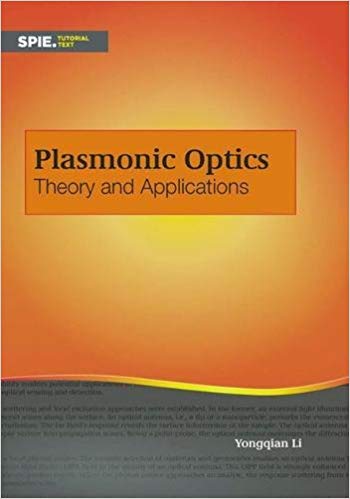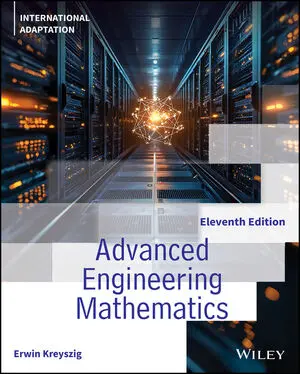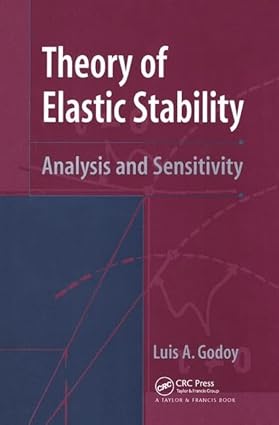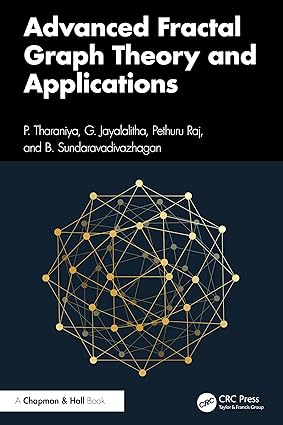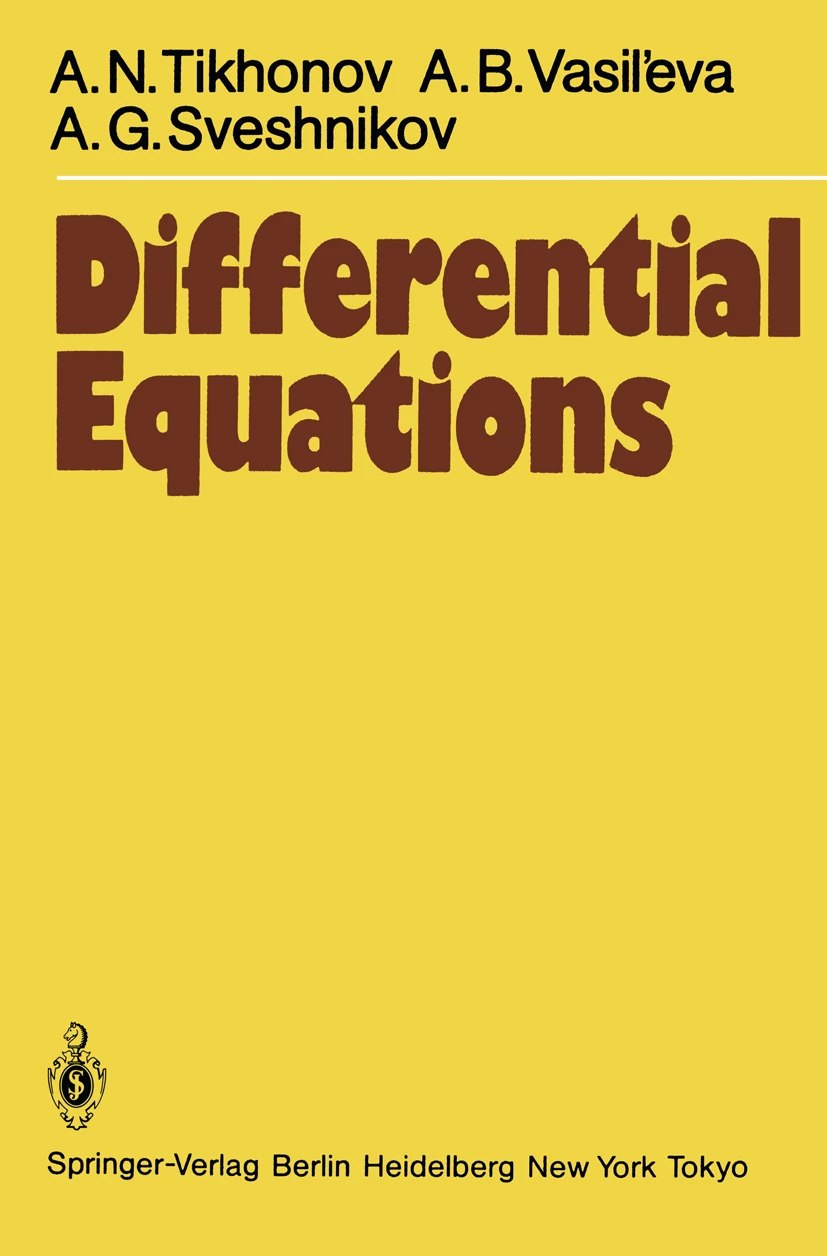Plasmonic optics is an emerging research field that combines electronics and photonics with nanostructures. It studies the interactions between electromagnetic waves and matter at the nanoscale. This Tutorial Text provides an introduction to plasmonic optics with distinct concepts and typical applications. Readers will learn about the physics and applications of nanoscale photophysics, leading to better understanding of the fundamental properties of photons in nanostructure materials. Topics include the physical basis of plasmonics, the extraordinary transmission of nanohole arrays, scattering enhancement of nanoparticles, perfect absorption of metamaterials, and nanoantenna for light radiation.
Preface
Plasmonic optics - an emerging research field - combines electronics and photonics with nanostructures. It studies the interactions between electromagnetic waves and matter at the nanoscale. The prominent feature of plasmonic optics is the coupling of electromagnetic waves into collective electron oscillations. This peculiar feature enables the localization and enhancement of electromagnetic energy in a novel family of nanodevices, nanoelectronics, and nanosensors. Plasmonics involves many subjects, such as optics, physics, materials, and even chemistry. So far, it has favorable applications in chemical sensors, high-resolution microscopy, photovoltaic cells, biological detection, communication, and medical diagnosis. Each achievement plays a significant role in improving the future.
Federico Capasso, while receiving his 2013 SPIE Gold Medal Award, said, "You can't go wrong becoming a very strong optical scientist because you can work in many different fields." Plasmonics is one such field. Many researchers have devoted themselves to it over the last few decades because it provides a compelling risk and promise. That is what makes science so attractive: we are eager to understand the unknown. In fact, we are attracted by the risk to find the next achievement around the corner.
To fulfill the promise offered by plasmonic optics, this book presents a brief introduction to the theory and applications. The first chapter introduces the optical properties of materials. An elementary description of electromagnetic theory is provided. Noble metals, dielectric materials, and semiconductors are frequently used in plasmonic optics; their optical properties are described in terms of the Drude and Lorentz theories. Although the effective optical properties of nanostructures deviate from those of bulk materials, the penetration depths and skin depths play a crucial role in defining plasmonic properties. The end of the chapter discusses the effective medium theory for composite materials.
Surface plasmon polariton (SPP) is a recurring term that requires a clear definition. In this book, SPPs refer to a collective electron oscillation and the associated wave fields that propagate along a metal-dielectric planar interface. Surface plasmon modes are sometimes used to describe the resonance cases of SPPs. When the electron oscillations occur on the curved surface of nanoparticles, these phenomena are called local surface plasmon resonances (LSPRs) because, in most cases, only the resonance conditions of oscillating charges in nanoparticles are considered. Chapters 2 and 3 address the physical concept and typical applications of SPPs and LSPRs. The scattering and absorption properties of nanoparticles with various geometries are discussed in terms of the Mie theory.
The concepts of SPPs and LSPRs are applied to a series of unusual optical properties/devices: extraordinary optical transmission (OET) through a single aperture or hole arrays (Chapter 4), the waves guiding and confined by the metal-insulator-metal (MIM) and insulator-metal-insulator (IMI) nanostructures (Chapter 5), the radiation/emission enhancement, and the perfect absorption achieved by an optical antenna from visible to infrared wavelengths (Chapter 6). These chapters discuss nanostructures with various geometries for the purpose of achieving plasmonic sensors, including chemical sensors, biosensors, and surface-enhanced spectroscopy.
Chapter 7 briefly introduces the nanofabrication techniques aiming at plasmonic devices. Top-down material-removal methods for elaborate nanostructures, bottom-up synthesis for self-growing nanoparticles, and solution phase methods for assembly geometries are introduced. The optical characterizations of plasmonic nanostructures are briefly reviewed; characterization methods benefit from the significant progress of plasmonic optics and advance its progress in return.
A vast number of applications and various geometries for SPP-enhanced sensing are referenced throughout the text. There is extensive literature contributing to this field. References were selected because of their descriptions of a particular effect or their suitability for a beginner. I would like to thank the authors of the literature cited in this book.
I had to omit a few topics associated with plasmonics due to the scope of this book. These topics include but are not limited to plasmonic cloaking and transformation optics, plasmonic lasers, electromagnetically induced transparency, metamaterials, and metasurfaces; the latter two are huge areas that could be covered in their own texts. Numerical simulation methods are not provided in this book, but interested readers can find them in various available commercial and free software. This Tutorial Text should provide a readable introduction to plasmonic optics with distinct concepts, typical applications, and comprehensive knowledge. A modest amount of primary background knowledge in electromagnetism is sufficient to understand the concepts discussed here. I very much hope that more graduate students and young researchers pursue careers in this fascinating area. Their participation would further enhance the field and help plasmonic optics improve our future life.
Any comments and suggestions are very much appreciated.
Yongqian Li
November 2016
چکیده فارسی
اپتیک پلاسمونیک یک زمینه تحقیقاتی نوظهور است که الکترونیک و فوتونیک را با نانوساختارها ترکیب می کند. این برهمکنش بین امواج الکترومغناطیسی و ماده را در مقیاس نانو مطالعه می کند. این متن آموزشی مقدمه ای بر اپتیک پلاسمونیک با مفاهیم متمایز و کاربردهای معمولی ارائه می دهد. خوانندگان با فیزیک و کاربردهای فوتوفیزیک در مقیاس نانو آشنا خواهند شد که منجر به درک بهتر خواص اساسی فوتون ها در مواد نانوساختار می شود. موضوعات شامل پایه فیزیکی پلاسمونیک، انتقال فوقالعاده آرایههای نانولوله، افزایش پراکندگی نانوذرات، جذب کامل فرامواد، و نانوآنتن برای تابش نور است.
پیشگفتار
اپتیک پلاسمونیک - یک زمینه تحقیقاتی در حال ظهور - الکترونیک و فوتونیک را با نانوساختارها ترکیب می کند. این برهمکنش بین امواج الکترومغناطیسی و ماده را در مقیاس نانو مطالعه می کند. ویژگی برجسته اپتیک پلاسمونیک جفت شدن امواج الکترومغناطیسی به نوسانات الکترونی جمعی است. این ویژگی عجیب و غریب، محلیسازی و افزایش انرژی الکترومغناطیسی را در خانواده جدیدی از نانودستگاهها، نانوالکترونیکها و نانوحسگرها ممکن میسازد. پلاسمونیک شامل موضوعات زیادی مانند اپتیک، فیزیک، مواد و حتی شیمی است. تاکنون کاربردهای مطلوبی در حسگرهای شیمیایی، میکروسکوپ با وضوح بالا، سلولهای فتوولتائیک، تشخیص بیولوژیکی، ارتباطات و تشخیص پزشکی دارد. هر دستاورد نقش مهمی در بهبود آینده دارد.
فدریکو کاپاسو، هنگام دریافت جایزه مدال طلای SPIE در سال 2013، گفت: "شما نمی توانید اشتباه کنید که یک دانشمند نوری بسیار قوی شوید زیرا می توانید در زمینه های مختلف کار کنید." پلاسمونیک یکی از این رشته هاست. بسیاری از محققان در چند دهه گذشته خود را وقف آن کرده اند زیرا خطر و نوید قانع کننده ای را ارائه می دهد. این چیزی است که علم را بسیار جذاب می کند: ما مشتاق درک ناشناخته هستیم. در واقع، خطر یافتن دستاورد بعدی در گوشه و کنار ما را جذب میکند.
برای تحقق وعده ارائه شده توسط اپتیک پلاسمونیک، این کتاب مقدمه ای کوتاه بر نظریه و کاربردها ارائه می کند. فصل اول به معرفی خواص نوری مواد می پردازد. یک توصیف ابتدایی از نظریه الکترومغناطیسی ارائه شده است. فلزات نجیب، مواد دی الکتریک و نیمه هادی ها اغلب در اپتیک پلاسمونیک استفاده می شوند. خواص نوری آنها بر اساس تئوری های درود و لورنتس توصیف شده است. اگرچه خواص نوری موثر نانوساختارها از خواص مواد حجیم منحرف است، اعماق نفوذ و عمق پوست نقش مهمی در تعریف ویژگیهای پلاسمونیک ایفا میکنند. پایان فصل در مورد نظریه محیط موثر برای مواد کامپوزیت بحث می کند.
پلاریتون پلاسمون سطحی (SPP) یک اصطلاح تکرارشونده است که به تعریف واضحی نیاز دارد. در این کتاب، SPPها به یک نوسان الکترون جمعی و میدانهای موجی مرتبط اشاره میکنند که در امتداد یک رابط مسطح فلز-دی الکتریک منتشر میشوند. حالت های پلاسمون سطحی گاهی اوقات برای توصیف موارد تشدید SPP ها استفاده می شود. هنگامی که نوسانات الکترونی روی سطح منحنی نانوذرات اتفاق میافتد، به این پدیدهها رزونانسهای پلاسمون سطح موضعی (LSPR) میگویند زیرا در بیشتر موارد، فقط شرایط تشدید بارهای نوسانی در نانوذرات در نظر گرفته میشود. فصل 2 و 3 به مفهوم فیزیکی و کاربردهای معمولی SPP و LSPR می پردازد. خواص پراکندگی و جذب نانوذرات با هندسه های مختلف بر اساس نظریه Mie مورد بحث قرار می گیرد.
مفاهیم SPP و LSPR در یک سری از ویژگیها/دستگاههای نوری غیرعادی اعمال میشوند: انتقال نوری فوقالعاده (OET) از طریق یک دیافراگم یا آرایههای سوراخ (فصل 4)، امواجی که توسط عایق فلزی هدایت و محدود میشوند. نانوساختارهای فلزی (MIM) و عایق-فلز-عایق (IMI) (فصل 5)، افزایش تشعشع/انتشار، و جذب کامل به دست آمده توسط آنتن نوری از طول موج مرئی تا مادون قرمز (فصل 6). این فصلها نانوساختارها را با هندسههای مختلف به منظور دستیابی به حسگرهای پلاسمونیک، از جمله حسگرهای شیمیایی، حسگرهای زیستی و طیفسنجی سطحی مورد بحث قرار میدهند.
فصل 7 به طور خلاصه تکنیک های نانوساخت را با هدف دستگاه های پلاسمونیک معرفی می کند. روشهای حذف مواد از بالا به پایین برای نانوساختارهای پیچیده، سنتز از پایین به بالا برای نانوذرات خود رشد، و روشهای فاز محلول برای هندسههای مونتاژ معرفی شدهاند. خصوصیات نوری نانوساختارهای پلاسمونیک به طور خلاصه بررسی میشوند. روشهای مشخصهیابی از پیشرفت چشمگیر اپتیک پلاسمونیک سود میبرند و در عوض پیشرفت آن را پیش میبرند.
تعداد زیادی از برنامهها و هندسههای مختلف برای سنجش با SPP در سراسر متن ارجاع داده شده است. ادبیات گسترده ای در این زمینه وجود دارد. منابع به دلیل توصیف آنها از یک اثر خاص یا مناسب بودن آنها برای یک مبتدی انتخاب شدند. مایلم از نویسندگان ادبیات ذکر شده در این کتاب تشکر کنم.
به دلیل گستردگی این کتاب مجبور شدم چند موضوع مرتبط با پلاسمونیک را حذف کنم. این موضوعات شامل اپتیک های پوشش و تبدیل پلاسمونیک، لیزرهای پلاسمونیک، شفافیت القا شده از طریق الکترومغناطیسی، فرامواد، و فراسطح ها، اما محدود به آنها نیست. دو مورد اخیر حوزه های بزرگی هستند که می توانند در متون خودشان پوشش داده شوند. روش های شبیه سازی عددی در این کتاب ارائه نشده است، اما خوانندگان علاقه مند می توانند آنها را در نرم افزارهای مختلف تجاری و رایگان موجود بیابند. این متن آموزشی باید مقدمه ای قابل خواندن برای اپتیک پلاسمونیک با مفاهیم متمایز، کاربردهای معمولی و دانش جامع ارائه دهد. مقدار کمی از دانش اولیه در زمینه الکترومغناطیس برای درک مفاهیم مورد بحث در اینجا کافی است. من بسیار امیدوارم که دانشجویان فارغ التحصیل و محققان جوان بیشتری در این زمینه جذاب به دنبال مشاغل باشند. مشارکت آنها میدان را بیشتر تقویت می کند و به اپتیک پلاسمونیک کمک می کند تا زندگی آینده ما را بهبود بخشد.
هر گونه نظر و پیشنهاد بسیار قدردانی می شود.
یونگ کیان لی
نوامبر 2016
ادامه ...
بستن ...
